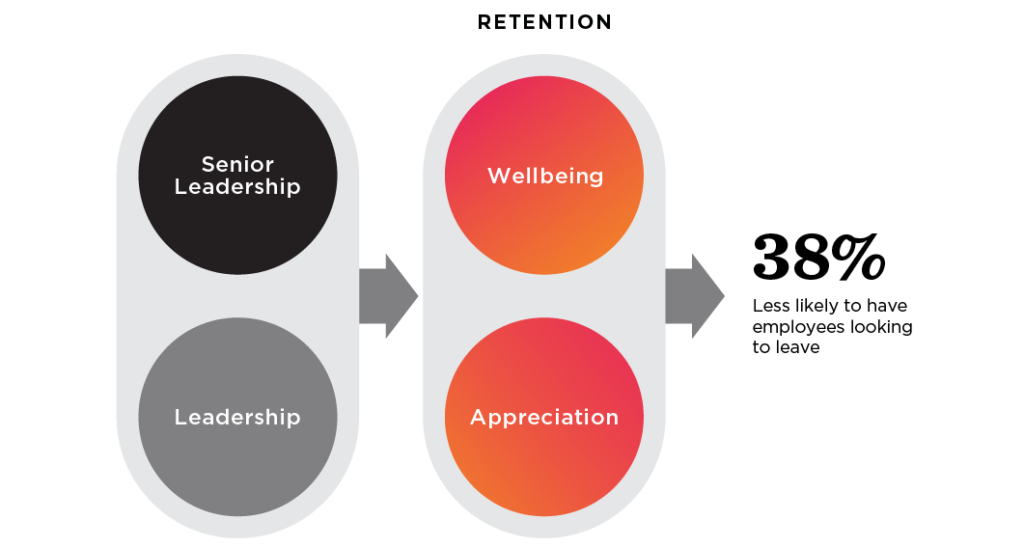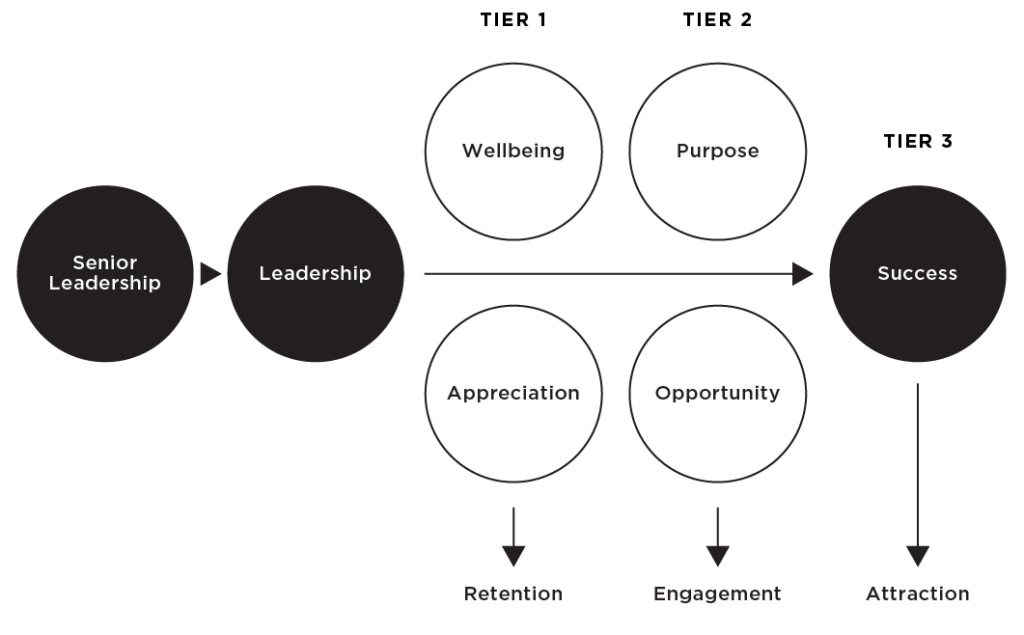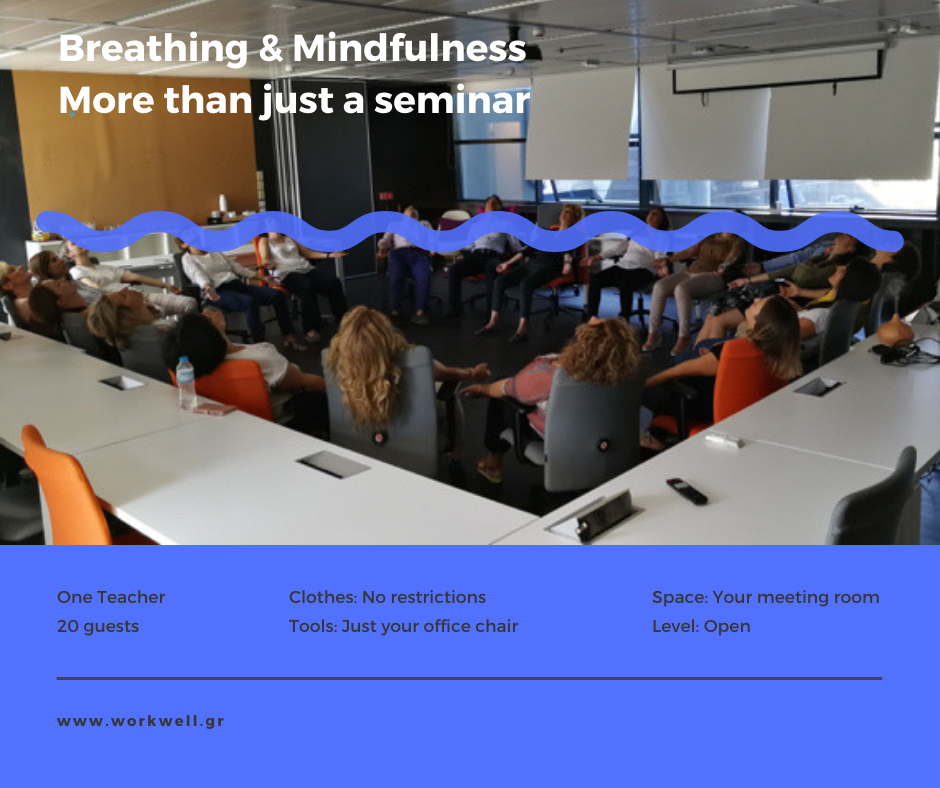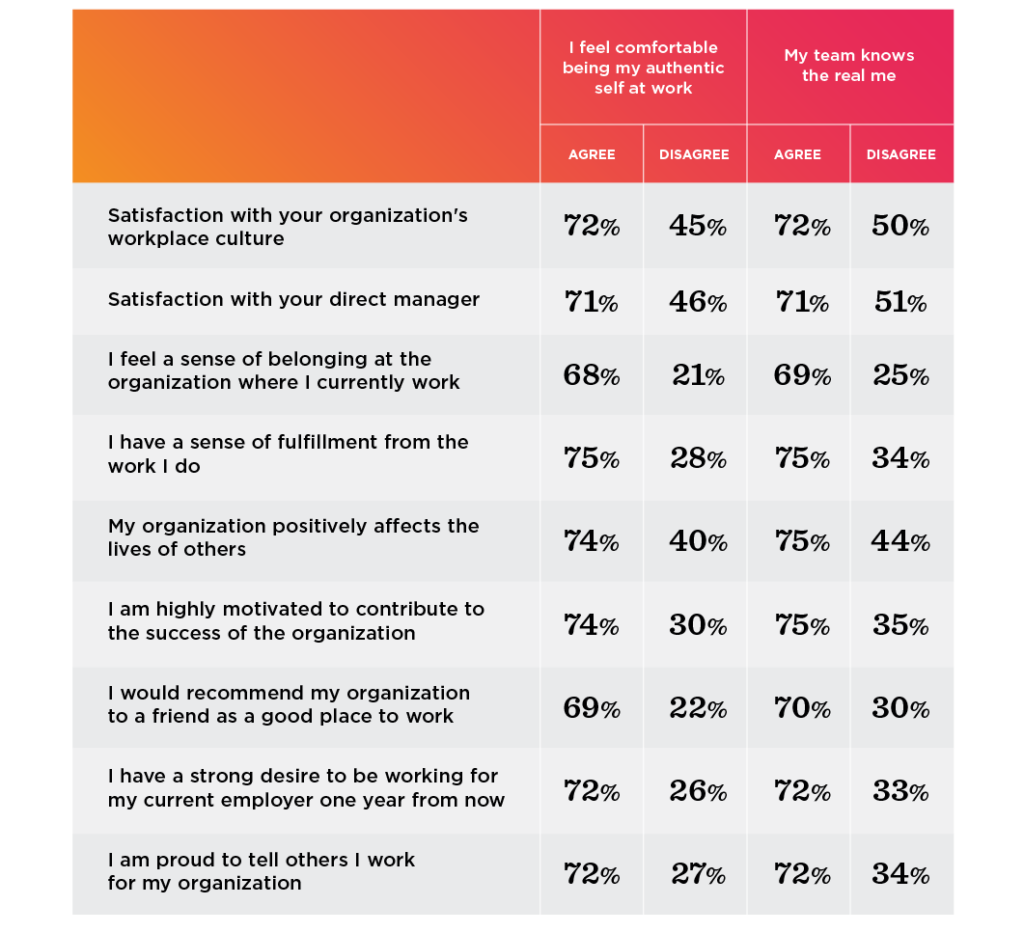Organisations are beginning to understand the direct connection between employee health and wellness and business performance. But the definition of employee wellness, or wellbeing, has evolved dramatically over the past few years, and corporate wellness programs must adapt to changes in society.
Here are 5 new trends in employee wellbeing and corporate wellness programs:
1) Employee wellness programs are about more than just physical health.
What began as a focus on counting steps, tracking sleep, and logging water intake has expanded to include social and emotional—or mental—health. This means taking a more holistic view of employee wellbeing. Rather than just considering physical fitness, best-in-class corporate wellbeing programs now prioritise financial stability, mental health, social connection, substance abuse, and employee assistance. They use a workplace culture vs a clinical approach to wellness.
While a clinical approach to wellness emphasises biometric screenings and health insurance premium reductions, a cultural approach to wellness aims to help employees feel and do their best and bring their most authentic selves to work every day.
What you can do: Ensure your corporate wellness initiatives include programs and resources to support all aspects of employee wellbeing: physical, social, emotional, and financial.
2) Companies are combining wellness and employee recognition efforts to strengthen workplace culture, reduce turnover, and become a great place to work.
Research from the 2018 Global Culture Report on the 6 essential aspects of workplace culture shows when leaders help employees feel appreciated and prioritise their sense of wellbeing, they are less likely to have employees looking to leave.
When employees feel valued, understand how they contribute to the organisation, and feel emotionally, physically, and socially well, they are less likely to look for jobs elsewhere. Why? Because they know their leaders and their organisation care about them and want to help them succeed.
- Leaders who foster a strong sense of wellbeing and appreciation have employees who are 38% less likely to leave
Even more exciting, the study behind the report found wellbeing and recognition also have a great influence on feeling a sense of purpose and opportunity in the workplace. This powerful combination of factors leads to employees being more engaged and successful in their work, which builds a workplace culture where great things are happening. That’s the type of organisation that attracts top talent like a magnet. More and more top companies are starting to integrate employee recognition and wellness strategies and train their leaders to keep both recognition and wellbeing in mind.
- When employees experience recognition, either by receiving or giving recognition, they feel a 33% increase in belonging and a 27% increase in overall health and wellbeing.
What to do: Leaders have the most impact on day-to-day employee experiences, which makes it crucial that your managers actively know when and how to show appreciation and support employee wellbeing. Provide them with the training and resources to do both well.
3) Moving beyond participation and tracking.
Simple participation in wellness initiatives does not lead to behaviour change. It takes more than just tracking activity to build healthy habits. While hitting 10,000 steps a day or drinking more water can impact an employee’s health, it may not be enough to improve overall wellbeing. Companies need to help their people take a more comprehensive view of wellbeing. For example:
- Moving throughout the day and taking walking breaks in place of just buying stand-up desks
- Practicing presence, mindfulness, and compassion in addition to healthy snacks in the cafeteria
- Building resiliency and purpose instead of distributing stress relieving toys
- Providing resources to help employees with challenges at home (caregiving, counseling, budgeting, etc.)
- Building a workplace culture where employees leave feeling better than when they came in
Programs like coaching, group challenges or activities, and time for social interaction along with personal action plans are the most successful in engaging employees and building healthy habits.
What to do: Wellness tracking apps are great only if they engage employees beyond a computer screen or a phone. Provide employees opportunities for in-person connection and resources to incorporate healthy living both at work and at home.
4) Think inclusivity in terms of compassion, not just diversity
Inclusion is about more than just diversity. It’s about helping employees feel they can be their authentic selves and helping them feel like they fit in and belong in your organisation. It’s taking steps to positively impact all aspects of their employee experience, ensuring they feel connected and emotionally well, no matter what their race, gender, age, background, or experience. When companies are inclusive, they start to become places filled with compassion, camaraderie, friendship, communication, and collaboration.
Compassionate, inclusive organisations create employees who focus on working together for the common good of the organisation and community. They make people feel valued, proud of their organisations, and filled with purpose.
There is a big difference in culture scores when employees feel they work in an inclusive environment:
- Only 56% of employees say their organisation has an inclusive culture.
What to do: Look at inclusivity beyond the numbers. Provide a work environment where every employee, regardless of age, gender, race, or background, feels like they belong. Make compassion and inclusiveness part of your company’s language.
5) Work/life integration replaces work/life balance
Forget work/life balance. It’s now about work/life integration. Work/life integration is more than being able to leave early on Fridays. It is flexibility in when and how employees do their work, and it’s now an expectation rather than a perk. Work/life integration means finishing a proposal while on vacation, taking a conference call during your child’s soccer game, but also being able to post on Facebook in between meetings, go to a workout mid-afternoon, or attend your child’s school breakfast Monday morning. By providing technologies and policies that allow employees to decide how they want to integrate their work and personal lives and have control over their work, companies create a culture that employees want to engage with and work hard for.
When employees have control over integration between their work and personal lives, we see:
- 53% increase in satisfaction with employee wellbeing at their organisation
- 30% less stress at work
- Over 3 times less likely to believe they frequently miss important things because of work obligations
What to do: Review your policies around flexibility and work/life integration. Are they outdated? Could they be improved? Ensure policies are fair and appropriate for the types of roles at your organisation.
General Conclusion
When you create employee experiences that focus on an employee’s overall sense of self, you show that you care about each person as a valued member of the team, and you help employees want to stay for the long haul. A workplace that focuses on holistic employee wellbeing is a place where people will genuinely thrive at work.
*All data, unless otherwise cited, from the 2018 Global Culture Study, O.C. Tanner Institute







